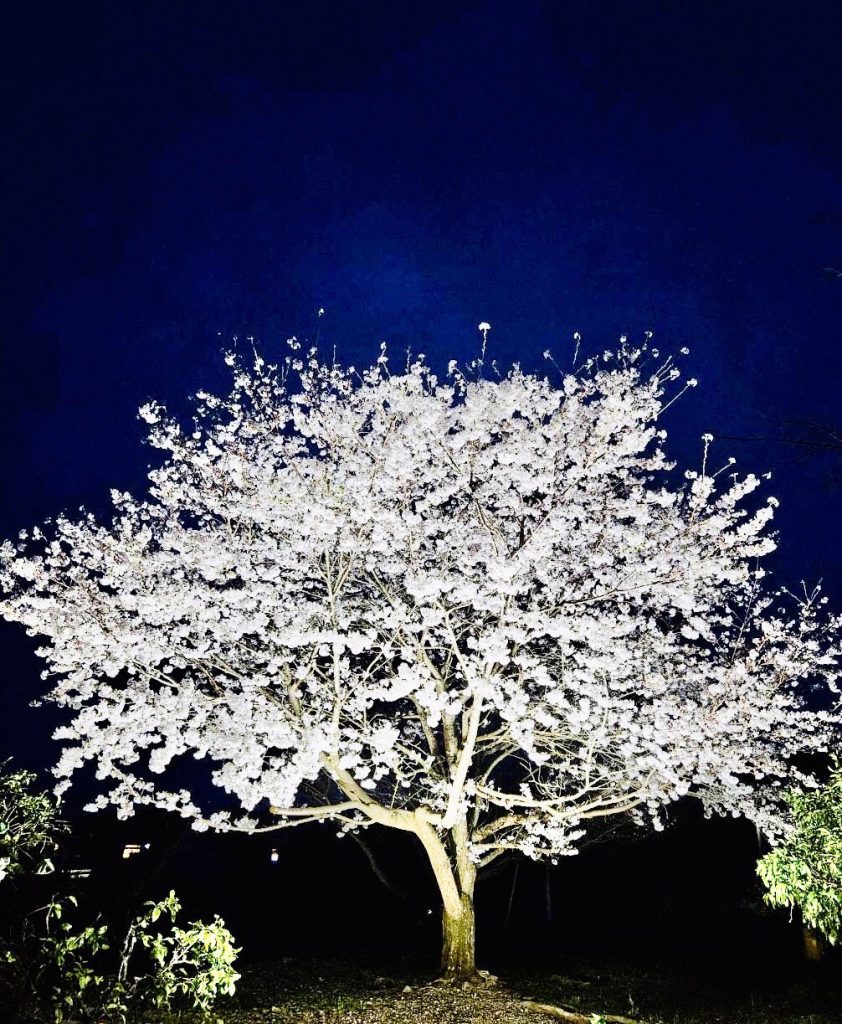
Once the eagerly awaited cherry blossoms finally begin to bloom, it seems like no sooner have they started than news of their full bloom comes from all directions. It’s a flurry of activity. The cherry blossoms that are currently the talk of the town are the Somei Yoshino variety. However, in Kyoto’s Arashiyama and Nara’s Mount Yoshino, both renowned cherry blossom spots in Kansai, the majority of cherry blossoms are Yamazakura. Yamazakura, with its many variations among wild species, has been deeply ingrained in the Japanese psyche since ancient times. Until the late Edo period when Somei Yoshino was cultivated and became mainstream from the Meiji era onwards, cherry blossom viewing primarily revolved around Yamazakura. Most of the cherry blossoms mentioned in waka poetry since the Heian period are also Yamazakura. Due to the significant variations among individual specimens and the differing flowering times even within the same region, the cherry blossom viewing season was longer. Somei Yoshino, being a cloned cultivated variety, blooms uniformly in the same area with no variation in appearance among the trees. Many famous cherry trees hundreds of years old are also Yamazakura. Although there is no legal basis, along with chrysanthemums, Yamazakura is considered Japan’s national flower.
待ちに待ったサクラがやっと咲き始めたかと思えば、もう満開だという知らせがあちらこちらから聞こえてきます。慌ただしいことです。こうして今話題になっているサクラはソメイヨシノです。しかし、関西でもサクラの名所として知られる京都の嵐山や奈良の吉野山のサクラはほとんどがヤマザクラです。ヤマザクラは古来日本人に最もなじみが深かったサクラであり、江戸時代後期にソメイヨシノが開発されて、明治時代以降に主流になるまでは、花見の対象と言えば主にヤマザクラでした。平安時代以降の和歌に詠み込まれたのもそのほとんどがヤマザクラです。ヤマザクラは野生種のため個体間の変異が比較的大きく、見かけも種々であり、同一地域にあっても個体ごとに開花期が前後するため、花見の期間も長かったわけです。栽培品種のクローンであるソメイヨシノは、どの木の花も見かけは変わらず、同一地域では一斉に咲くのが特徴です。樹齢何百年と言う各地の名物ザクラもそのほとんどがヤマザクラです。法的な根拠はありませんが、キクと共に日本の国花と見なされているのもヤマザクラです。
